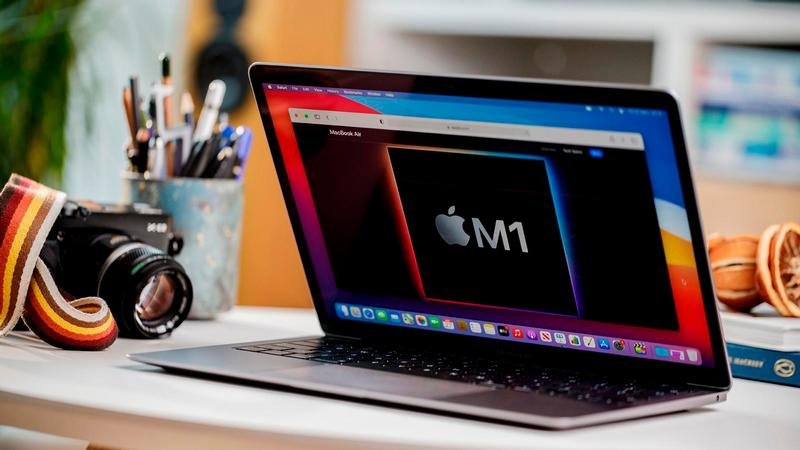In a bit of a bad week for the M1 Mac – with reports of two examples of malware being found targetting M1 Macs. Now we are hearing reports that the M1 Mac’s SSD could experience excessive wear and tear due to overuse by the system.
A potentially serious problem with Apple’s new Macs with M1 processor has been discovered: users have reported unusually high wear on the built-in storage.
These M1 Macs users include Macworld US contributor Dan Moran, who has discovered that their new computers appear to have written an excessive amount of data to the built-in SSD.
This story about M1 Macs with excessive SSD read/write data does seem to be true. On the left, my 2017 iMac; on the right, my M1 Air from last fall. Somehow, in 3 months, it’s registered about 15-20% of what my iMac has in 3.5 years? Not sure what the implications are, but weird. pic.twitter.com/qNrnkzo62z
— Dan Moren (@dmoren)
February 23, 2021
In another case a user reports that in 432 hours his M1 MacBook had written 150TB to disk.
This excessive writing of data to the SSD is a concern because a modern SSD can have a lifespan of anywhere between 1,000 and 5,000TB written. Apple does not specify the lifespan of its SSDs, but with upwards of 600TB a year, an M1 Mac may become unusable after just a few years if this behaviour is not corrected.
It doesn’t help that the SSD drives on the M1 Mac are not user-serviceable. Replacing them will cost hundreds of dollars.
Twitter user Hector Martin alerted other M1 Mac users to the problem:
People with an M1 mac, please run `brew install smartmontools && sudo smartctl –all /dev/disk0` and report back (and what kind of usage you make of the machine, especially RAM).
I’m at <600GBW on my MBP, but I don’t use it heavily. https://t.co/LbhE9p7FiK
— Hector Martin (@marcan42)
February 15, 2021
According to the results from the smartctl tool, Martin’s SSD has a wear of three percent. On the basis that he has had the Mac since its launch in November, that is equivalent to one percent a month, or a lifespan of just over eight years.
Martin suggests that it is likely to be a bug. Hopefully that is the case.
AppleInsider points out that it is possible that the tool does not receive correct data from the new machines. The reports show, for example, very low values for the number of hours switched on.
You can view information about your SSD yourself and see how much data has been written to it, using the terminal tool smartctl. With Homebrew, you install and run it with the following two commands:
brew install smartmontools sudo smartctl –all /dev/disk0
If you have more than one storage device, you may need to run the disk list to find the correct disk.
If you still want to buy a M1 Mac, take a look at these deals on the M1 MacBook Pro.
This article originally appeared on Macworld Sweden. Translation by Karen Haslam.

